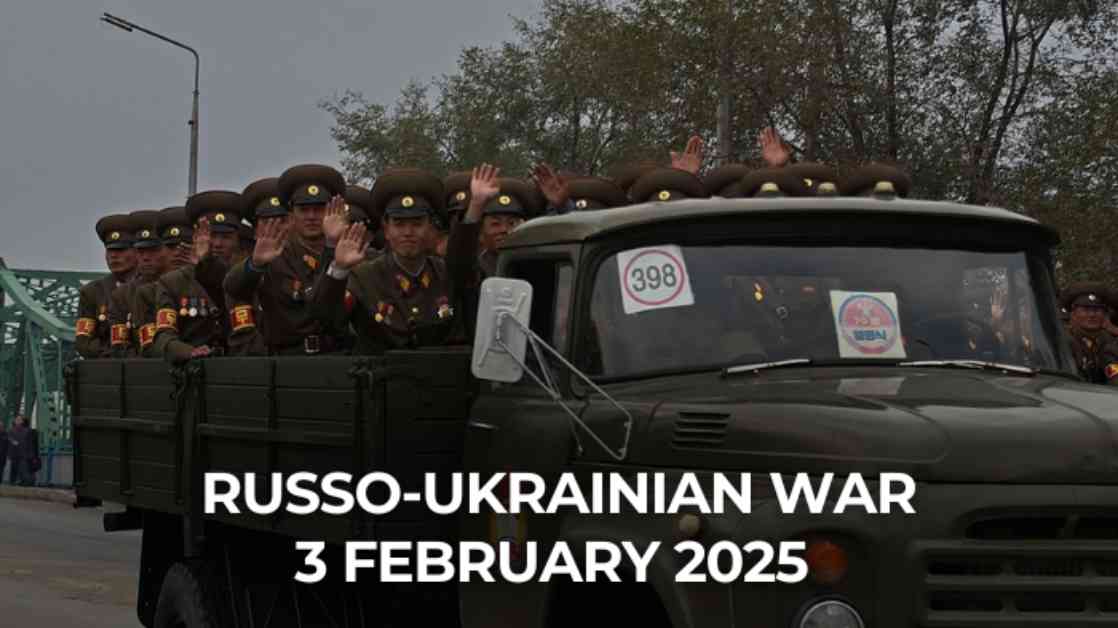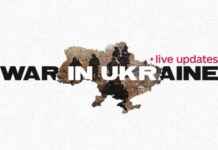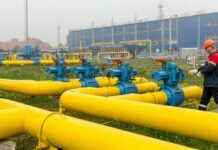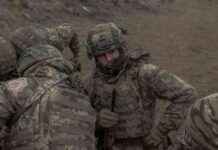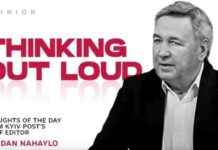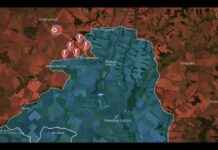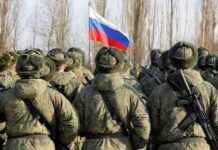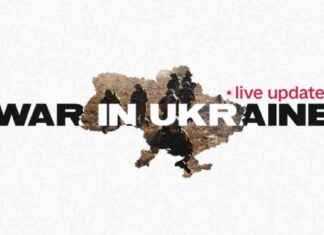The Ukrainian Army’s General Staff estimates Russia’s losses in Ukraine on day 1076 of their ongoing war, revealing significant casualties and military setbacks for the Russian forces. As the conflict continues to unfold, the Russo-Ukrainian War has seen a series of developments that highlight the evolving dynamics on the battlefield and the broader international implications of the conflict.
### Ukrainian Military Successes and Russian Challenges
In January, Ukrainian forces achieved notable victories, with over 48,000 Russian soldiers lost, marking the second-highest monthly losses for Russia since 2022. The Ukrainian military effectively targeted and destroyed 573 Russian armored vehicles and 230 tanks, significantly weakening Russia’s military capabilities in the region. The success of Ukrainian forces was further underscored by a dramatic incident where a Ukrainian Bradley vehicle survived a direct anti-tank missile strike in the Pokrovsk sector, showcasing the resilience and adaptability of Ukrainian troops in the face of Russian assaults.
Moreover, Russian ground assaults have intensified near Toretsk and Chasiv Yar, with a 30% increase in attacks near Toretsk and a doubling of assaults near Chasiv Yar since December. The reduction in Russian armored vehicles deployed in the region can be attributed to the high rates of equipment losses suffered by Russian forces in Donetsk Oblast, as noted by a Ukrainian military spokesperson. Additionally, Russian troops have adopted new tactics, launching motorcycle raids to target Ukrainian drone units in a bid to disrupt Ukrainian reconnaissance operations and communications.
### Expert Analysis and Strategic Insights
An expert analysis of the situation indicates that Russian forces have struggled to dislodge Ukrainian troops from Kursk Oblast, with Ukrainian forces maintaining control of captured territories despite repeated Russian counterattacks. Notably, Ukrainian forces have inflicted heavy casualties on North Korean auxiliary troops deployed by Russia, underscoring the complexity of the conflict and the diverse range of actors involved in the war.
As the conflict progresses, the dynamics of warfare in the region have been shaped by technological advancements and strategic innovations. Ukraine’s unveiling of the Plushch (Ivy) land drone with advanced communication and electronic warfare capabilities highlights the country’s commitment to leveraging cutting-edge technology in its defense strategies. In response, Russia has equipped decoy drones with explosive payloads, posing a heightened threat to Ukrainian air defenses.
### International Responses and Humanitarian Concerns
On the international front, leaders from various countries have voiced their support for Ukraine and highlighted the need for collective action to address the escalating crisis. Lithuanian President Nauseda emphasized the importance of a strong partnership with the US in containing Russian aggression, while UK Prime Minister Starmer pledged increased military support to Ukraine. Additionally, US actor Misha Collins’ funding of a special heavy vehicle for mine disposal teams reflects the global solidarity and support extended to Ukraine in its fight against Russian forces.
As the conflict unfolds, the humanitarian and social impact of the war continues to deepen, with nearly 63,000 people reported missing in Ukraine, encompassing both military personnel and civilians. Tragic incidents, such as the death of a homeless Ukrainian man in Bratislava, underscore the human cost of the conflict and raise concerns about ethnic tensions and violence in the region.
In conclusion, the Russo-Ukrainian War remains a complex and evolving conflict with significant implications for the region and the international community. As the military dynamics and strategic maneuvers continue to unfold, the human stories and broader geopolitical implications of the conflict underscore the urgent need for a concerted global response to address the crisis and support the people affected by the ongoing war.
